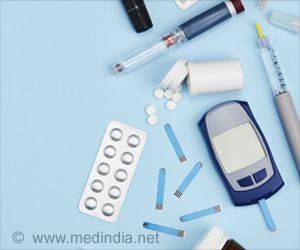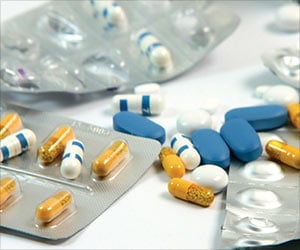Lilly will likely maintain or increase its market share in the insulin space as the average out-of-pocket cost for its insulin products is already below the $35 price cap.

Benefits of Price Cap Move in Insulin Market
Lilly’s move follows from recent US federal action, the Inflation Reduction Act, that legislated reducing the Medicare beneficiary insulin out-of-pocket costs to $35 per month.‘Eli Lilly’s price cap move comes out to tackle market share with several companies developing alternative lower-priced insulins.’





The future of the insulin market is likely to feature increased competition driven by federally mediated price-capping, the rollout of biosimilars across the global market, and the launch of once-weekly basal insulins from Novo Nordisk and Eli Lilly.However, there is steadily increasing pressure on its market share in China, with several companies developing insulin lispro biosimilars, and alternative lower-priced insulins such as Viatris’s Semglee (insulin glargine).
The increasing wave of patient advocacy for equity of access to insulin will continue to drive down insulin prices and likely lead to competition between Lilly, Sanofi, and Novo Nordisk for the pricing and sales of their major branded insulins. In the face of continued competition, Lilly has developed a recently authorized biosimilar, Rezvoglar, to Sanofi’s leading branded insulin glargine (Lantus).
Source-Medindia















